Home>Technology>Security & Surveillance>How To Open A Magnetic Door Lock
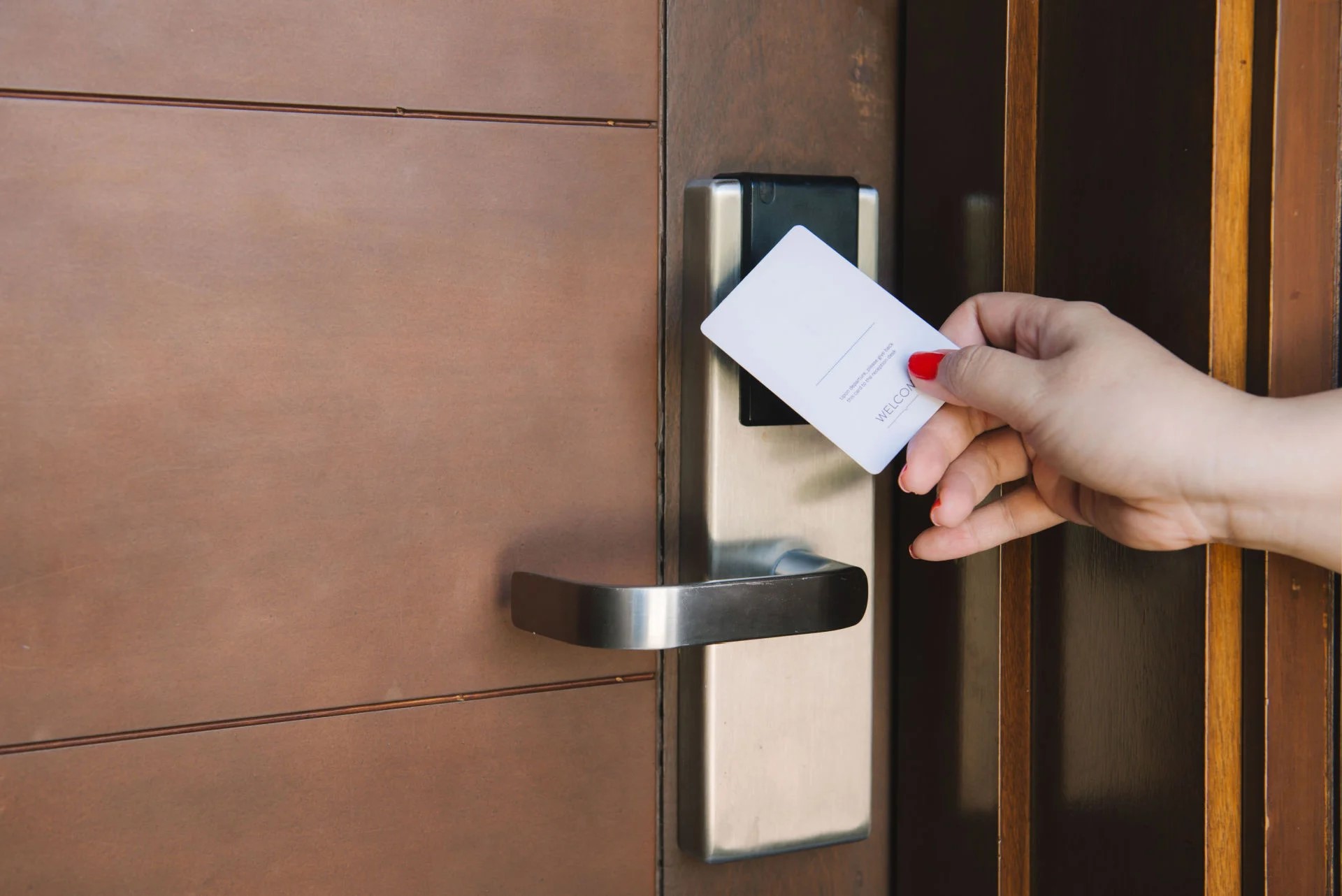

Security & Surveillance
How To Open A Magnetic Door Lock
Modified: April 22, 2024
Learn how to open a magnetic door lock for your security and surveillance needs. Discover the best techniques and tools to ensure safety and access.
(Many of the links in this article redirect to a specific reviewed product. Your purchase of these products through affiliate links helps to generate commission for Storables.com, at no extra cost. Learn more)
Introduction
Welcome to the comprehensive guide on how to open a magnetic door lock. Magnetic door locks are an integral part of modern security systems, providing a reliable and effective means of controlling access to various spaces. Whether you're a security professional, a homeowner, or a business owner, understanding the inner workings of magnetic door locks and knowing how to open them is a valuable skill. In this guide, we'll delve into the intricacies of magnetic door locks, explore the tools and materials required, and provide a step-by-step walkthrough of the process.
Magnetic door locks, also known as electromagnetic locks or maglocks, utilize an electrical current to create a strong magnetic force, keeping the door securely locked. These locks are commonly used in commercial and industrial settings, offering a high level of security and convenience. Understanding how to open a magnetic door lock is essential for maintenance, repair, and troubleshooting purposes.
By following the detailed steps outlined in this guide, you'll gain the knowledge and confidence to handle magnetic door locks with ease. Whether you're looking to install a new magnetic door lock or troubleshoot an existing one, this guide will equip you with the essential know-how to navigate the process effectively.
So, let's embark on this journey to unravel the inner workings of magnetic door locks and learn the step-by-step process of opening them. Whether you're a seasoned security professional or a curious DIY enthusiast, this guide is designed to provide you with valuable insights and practical guidance. Let's dive in and explore the fascinating world of magnetic door locks!
Key Takeaways:
- Understanding Magnetic Door Locks
Magnetic door locks use electromagnetism to secure doors and integrate with access control systems, providing reliable and convenient security for various spaces. - Opening and Testing Magnetic Door Locks
Proper preparation, installation, wiring, and testing are crucial for successfully opening and testing magnetic door locks, ensuring their functionality and security.
Read more: How To Install Magnetic Door Lock
Understanding Magnetic Door Locks
Magnetic door locks, also known as electromagnetic locks or maglocks, are a fundamental component of modern security systems. These locks operate on the principle of electromagnetism, utilizing a powerful magnetic force to secure doors and control access to various spaces. Understanding the key components and functioning of magnetic door locks is essential for anyone involved in their installation, maintenance, or repair.
At the core of a magnetic door lock is an electromagnet, which consists of a coil of wire wound around a core material. When an electric current flows through the coil, it generates a magnetic field, effectively creating a strong attraction between the electromagnet and the armature plate attached to the door. This magnetic force holds the door securely in place, preventing unauthorized entry.
One of the key advantages of magnetic door locks is their fail-safe operation. Unlike traditional mechanical locks, which can be vulnerable to picking and tampering, magnetic door locks rely on the continuous supply of electrical current to remain locked. In the event of a power failure or system malfunction, many magnetic door locks are designed to release the door automatically, ensuring a safe and efficient means of egress.
Additionally, magnetic door locks are known for their quick and quiet operation, making them suitable for various applications, including commercial buildings, government facilities, educational institutions, and healthcare settings. These locks can be seamlessly integrated with access control systems, allowing authorized individuals to gain entry through keycards, key fobs, or biometric credentials.
Understanding the different types of magnetic door locks, such as single-door electromagnetic locks, double-door electromagnetic locks, and shear locks, is crucial for selecting the appropriate lock for a specific application. Factors such as holding force, installation requirements, and compatibility with access control systems play a significant role in determining the suitability of a magnetic door lock for a given environment.
By gaining a deep understanding of the underlying principles and applications of magnetic door locks, security professionals, facility managers, and individuals alike can make informed decisions regarding the selection, installation, and maintenance of these essential security components. In the subsequent sections, we will explore the tools and materials needed to open a magnetic door lock and provide a detailed step-by-step guide to facilitate the process effectively.
Tools and Materials Needed
Before embarking on the process of opening a magnetic door lock, it is essential to gather the necessary tools and materials to ensure a smooth and efficient workflow. Whether you are performing maintenance, repair, or installation, having the right equipment at your disposal is crucial for achieving successful outcomes. Here are the essential tools and materials required:
Tools:
- Screwdriver set: A set of flathead and Phillips screwdrivers for removing screws and accessing the internal components of the magnetic door lock.
- Wire strippers: Used for safely stripping the insulation from electrical wires during the installation or repair of the lock.
- Drill and bits: For creating holes in the door and frame, if necessary, to accommodate the electromagnetic lock and wiring.
- Wire cutter: For precisely cutting and trimming electrical wires to the required length.
- Multimeter: Essential for testing electrical connections, voltage, and continuity during the installation and troubleshooting process.
- Allen wrench set: Often needed for adjusting and securing the mounting brackets and hardware of the magnetic door lock.
- Power drill: Required for driving screws and fasteners during the installation of the lock and associated components.
Materials:
- Electromagnetic lock: The specific type of magnetic door lock suitable for the application, chosen based on factors such as holding force and compatibility with the access control system.
- Mounting brackets and hardware: Necessary for securely attaching the electromagnetic lock to the door and frame.
- Low-voltage electrical wire: Used for connecting the electromagnetic lock to the power supply and access control system.
- Power supply: An appropriate power source to supply the required electrical current to the magnetic door lock.
- Access control system components: If integrating the magnetic door lock with an access control system, such as keycards, key fobs, or biometric readers, the relevant components will be needed.
- Door and frame reinforcement: In some cases, additional reinforcement may be required to ensure the door and frame can support the electromagnetic lock effectively.
By ensuring that you have the necessary tools and materials on hand, you can approach the process of opening a magnetic door lock with confidence and preparedness. Whether you are a professional installer or a conscientious DIY enthusiast, having the right resources at your disposal is a crucial step towards achieving success in your security-related endeavors.
Read more: How Does A Magnetic Door Lock Work
Step 1: Identify the Type of Magnetic Door Lock
Before proceeding with the process of opening a magnetic door lock, it is essential to identify the specific type of lock installed on the door. Understanding the characteristics and configuration of the magnetic door lock will provide valuable insights into the subsequent steps of the process. Here are the key considerations for identifying the type of magnetic door lock:
1.1 Holding Force:
The holding force of a magnetic door lock refers to the amount of magnetic strength it exerts to keep the door securely locked. Different types of magnetic door locks are designed to accommodate varying holding forces, ranging from a few hundred pounds to over a thousand pounds. By determining the holding force of the lock, you can assess its suitability for the intended application and understand the level of security it provides.
1.2 Installation Configuration:
Magnetic door locks are available in different installation configurations, including single-door electromagnetic locks, double-door electromagnetic locks, and shear locks. Single-door electromagnetic locks are designed for securing a single door, while double-door electromagnetic locks can secure paired doors. Shear locks, on the other hand, are concealed within the door and frame, offering a more discreet locking solution. Identifying the specific installation configuration will guide the subsequent steps of the opening process.
1.3 Compatibility with Access Control Systems:
Many magnetic door locks are designed to integrate seamlessly with access control systems, allowing for keyless entry using keycards, key fobs, or biometric credentials. Understanding the compatibility of the lock with access control components is crucial for ensuring a streamlined and efficient access management system. If the magnetic door lock is part of an access control setup, it is essential to consider its compatibility with the existing or planned access control infrastructure.
Read more: How To Open A Locked Shed Door
1.4 Power Requirements:
Assessing the power requirements of the magnetic door lock is vital for understanding the electrical setup and ensuring a reliable power supply. Some locks operate on low-voltage DC power, while others may have specific voltage and current requirements. Understanding the power needs of the lock will facilitate the subsequent steps of wiring and testing the lock.
By thoroughly evaluating these key aspects, you can accurately identify the type of magnetic door lock installed on the door, paving the way for a systematic and informed approach to the opening process. In the following steps, we will delve into the preparation of the door and frame, the installation of the electromagnetic lock, wiring procedures, and testing protocols to ensure a comprehensive understanding of the process.
Step 2: Prepare the Door and Frame
Preparing the door and frame is a critical preliminary step in the process of opening a magnetic door lock. Proper preparation ensures that the door and frame are ready to accommodate the electromagnetic lock and facilitates a seamless installation process. Here are the essential steps involved in preparing the door and frame for the magnetic door lock:
2.1 Assess the Door and Frame Structure:
Begin by assessing the structure of the door and frame to determine their suitability for accommodating the electromagnetic lock. Verify the material and dimensions of the door and frame, ensuring that they can support the installation of the lock and associated components. Additionally, check for any existing hardware or obstructions that may need to be removed or modified to facilitate the installation.
2.2 Determine Mounting Locations:
Identify the precise locations on the door and frame where the electromagnetic lock and its corresponding mounting brackets will be installed. Carefully measure and mark the positions to ensure accurate alignment and fit. Consider factors such as the orientation of the door, the swing direction, and any additional reinforcement required to support the lock effectively.
Read more: How To Open Kwikset Door Lock
2.3 Prepare Mounting Surfaces:
Prepare the mounting surfaces on the door and frame by ensuring they are clean, level, and free from any obstacles that could impede the installation. Depending on the material of the door and frame, such as wood, metal, or glass, appropriate measures should be taken to create a suitable surface for mounting the electromagnetic lock securely.
2.4 Create Wiring Pathways:
Plan and create pathways for routing the electrical wiring from the electromagnetic lock to the power supply and any associated access control components. Consider the most efficient and discreet routes for concealing the wiring within the door and frame, minimizing visibility and potential interference with the door’s operation.
2.5 Reinforce the Door and Frame (if necessary):
If the door and frame require additional reinforcement to support the electromagnetic lock, take the necessary steps to strengthen the mounting areas. This may involve installing reinforcement plates, brackets, or structural enhancements to ensure the long-term stability and security of the lock installation.
By meticulously preparing the door and frame, you set the stage for a successful installation of the magnetic door lock, laying the groundwork for the subsequent steps of installing the lock, wiring the components, and testing the system. Proper preparation not only facilitates a smooth installation process but also contributes to the overall security and reliability of the magnetic door lock system.
Step 3: Install the Electromagnetic Lock
Installing the electromagnetic lock is a pivotal phase in the process of opening a magnetic door lock. This step involves securely mounting the electromagnetic lock onto the door and frame, ensuring proper alignment and integration with the surrounding components. Here are the essential steps to follow when installing the electromagnetic lock:
Read more: How To Open A Door With Child Lock
3.1 Position the Electromagnetic Lock:
Begin by positioning the electromagnetic lock at the predetermined location on the door, aligning it with the corresponding mounting brackets on the frame. Ensure that the lock is oriented correctly and that the mounting holes align with the designated positions on the door and frame. Pay attention to the orientation of the armature plate and its alignment with the electromagnet for optimal performance.
3.2 Attach the Mounting Brackets:
Securely attach the mounting brackets to the door and frame, ensuring that they are aligned with the mounting holes on the electromagnetic lock. Use appropriate fasteners and hardware to affix the brackets in place, taking care to maintain the proper positioning and alignment. The mounting brackets play a crucial role in supporting the electromagnetic lock and distributing the forces exerted during operation.
3.3 Mount the Electromagnetic Lock:
With the mounting brackets in place, proceed to mount the electromagnetic lock onto the door and frame. Secure the lock using the provided fasteners, following the manufacturer’s guidelines for the recommended torque and installation procedures. Verify that the lock is firmly attached and that there is no undue movement or instability once installed.
3.4 Adjust and Test the Lock Operation:
After mounting the electromagnetic lock, perform a thorough assessment of its operation. Test the locking and releasing functions to ensure that the lock engages and disengages as intended. Make any necessary adjustments to the alignment, positioning, or hardware to optimize the lock’s performance and ensure smooth, reliable operation.
Read more: How To Lock A Garage Door Opener
3.5 Verify Door Alignment and Closure:
Check the alignment of the door and verify that it closes properly when the electromagnetic lock is engaged. Ensure that the door aligns with the frame and that there is no interference with the locking mechanism. Address any issues related to door alignment or closure to guarantee the effective operation of the magnetic door lock.
By meticulously following these steps, you can successfully install the electromagnetic lock, laying the foundation for the subsequent wiring and testing procedures. Proper installation is essential for ensuring the security, reliability, and longevity of the magnetic door lock system, making it a critical aspect of the overall process.
Step 4: Wiring the Magnetic Door Lock
Wiring the magnetic door lock is a crucial phase in the process of opening a magnetic door lock, as it involves establishing the electrical connections necessary for the operation of the electromagnetic lock. Proper wiring ensures that the lock receives the required power supply and integrates seamlessly with any access control or security systems. Here are the essential steps to follow when wiring the magnetic door lock:
4.1 Identify Power Supply and Wiring Pathways:
Begin by identifying the appropriate power supply for the magnetic door lock, ensuring that it meets the voltage and current requirements specified by the manufacturer. Plan the wiring pathways from the power supply to the electromagnetic lock, considering the most direct and concealed routes to minimize visibility and potential interference.
4.2 Connect the Electrical Wires:
Using the low-voltage electrical wire, carefully connect the power supply to the electromagnetic lock, following the manufacturer’s guidelines and wiring diagrams. Pay close attention to polarity and ensure secure connections to prevent loose or exposed wiring. Use wire connectors or terminal blocks to establish reliable electrical connections.
Read more: How To Open A Slam Lock Door
4.3 Integrate with Access Control System (if applicable):
If the magnetic door lock is part of an access control system, integrate the relevant access control components, such as keycard readers, key fobs, or biometric readers, into the wiring setup. Follow the system’s specifications and guidelines for seamless integration, ensuring that the lock operates in coordination with the access control system for authorized entry.
4.4 Test Electrical Connections:
After completing the wiring connections, use a multimeter to test the electrical connections, verifying voltage levels, continuity, and proper functioning. Ensure that the wiring is free from any shorts, open circuits, or irregularities that could compromise the operation of the magnetic door lock.
4.5 Secure and Conceal Wiring:
Once the electrical connections are tested and verified, secure and conceal the wiring within the door and frame, minimizing its visibility and vulnerability to tampering. Use appropriate cable management techniques to organize and protect the wiring, ensuring a tidy and professional installation.
By meticulously following these steps, you can effectively wire the magnetic door lock, establishing the necessary electrical connections for its operation and integration with access control systems. Proper wiring is essential for the reliable and secure functioning of the magnetic door lock, contributing to the overall integrity of the security system.
Step 5: Testing the Magnetic Door Lock
Testing the magnetic door lock is a critical phase in the process, as it allows for the verification of its functionality, security, and integration with the access control system. Thorough testing ensures that the lock operates as intended and provides the necessary level of security for the controlled space. Here are the essential steps to follow when testing the magnetic door lock:
Read more: How To Lock A Door That Opens Out
5.1 Functional Testing:
Initiate functional testing of the magnetic door lock by activating it through the designated control method, such as a keycard, key fob, or manual switch. Verify that the lock engages and securely holds the door in place when activated, demonstrating its ability to restrict access effectively. Additionally, test the release mechanism to ensure that the door can be opened swiftly and safely in the event of an emergency or power failure.
5.2 Security Testing:
Conduct security testing to assess the resilience of the magnetic door lock against unauthorized access attempts. Apply varying degrees of force to the door to simulate potential intrusion scenarios, ensuring that the lock withstands these attempts and remains steadfast in its locked position. Evaluate the lock’s resistance to tampering and manipulation, confirming its ability to maintain the security of the controlled space.
5.3 Integration Testing (if applicable):
If the magnetic door lock is integrated with an access control system, perform integration testing to validate its seamless operation within the broader security infrastructure. Test the interaction between the lock and the access control components, ensuring that authorized credentials grant access while unauthorized attempts are denied. Verify that the lock responds appropriately to the commands and signals from the access control system.
5.4 Power Failure Testing:
Simulate a power failure scenario to test the fail-safe operation of the magnetic door lock. Verify that the lock releases the door automatically when power is interrupted, allowing for safe egress from the controlled space. Confirm that the fail-safe mechanism functions reliably and that the door can be opened without obstruction in the absence of electrical power.
Read more: How To Open A Bathroom Door Lock
5.5 Diagnostic Testing:
Perform diagnostic testing using a multimeter or diagnostic tool to assess the electrical parameters, voltage levels, and overall health of the magnetic door lock system. Identify and address any irregularities or anomalies that may affect the performance or longevity of the lock, ensuring that it operates within the specified parameters.
Thorough testing of the magnetic door lock is essential for validating its operational, security, and integration capabilities. By meticulously following these steps, you can ensure that the lock meets the highest standards of performance and reliability, contributing to the overall security and access control measures within the protected environment.
Conclusion
Congratulations! You have completed the comprehensive journey of opening a magnetic door lock. Throughout this guide, we have delved into the intricate world of magnetic door locks, exploring their fundamental principles, installation procedures, and testing protocols. By gaining a deep understanding of these essential components, you have equipped yourself with the knowledge and skills necessary to navigate the process effectively.
Understanding the inner workings of magnetic door locks, from their reliance on electromagnetism to their integration with access control systems, is a valuable asset for security professionals, facility managers, and individuals seeking to enhance the security of their spaces. The meticulous preparation of the door and frame, the precise installation of the electromagnetic lock, the careful wiring procedures, and the thorough testing protocols all contribute to the successful opening of a magnetic door lock.
By following the step-by-step guidance provided in this guide, you have not only gained the expertise to open a magnetic door lock but also the confidence to handle various security-related tasks with precision and proficiency. Whether you are a seasoned security professional or an enthusiastic DIY enthusiast, the knowledge and skills acquired in this guide empower you to navigate the complexities of magnetic door locks with ease.
As you continue your journey in the realm of security and access control, remember that the successful opening of a magnetic door lock is just one aspect of a broader landscape of security measures. Embracing a holistic approach to security, encompassing physical, electronic, and procedural elements, is essential for safeguarding the spaces we value.
Thank you for embarking on this enlightening exploration of magnetic door locks. May the knowledge and insights gained from this guide serve you well in your future security endeavors. Stay vigilant, stay informed, and continue to explore the fascinating world of security and surveillance.
Frequently Asked Questions about How To Open A Magnetic Door Lock
Was this page helpful?
At Storables.com, we guarantee accurate and reliable information. Our content, validated by Expert Board Contributors, is crafted following stringent Editorial Policies. We're committed to providing you with well-researched, expert-backed insights for all your informational needs.
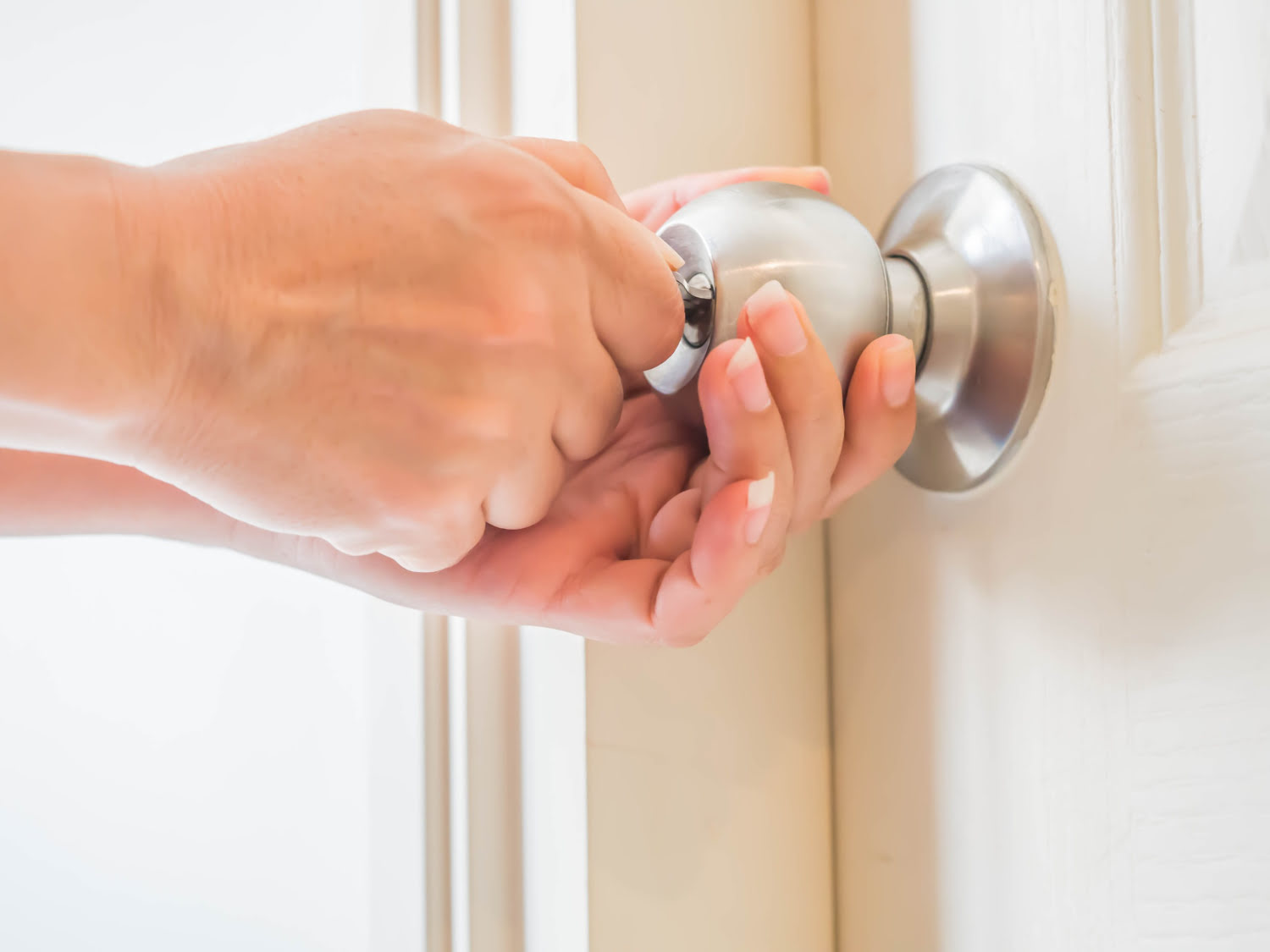
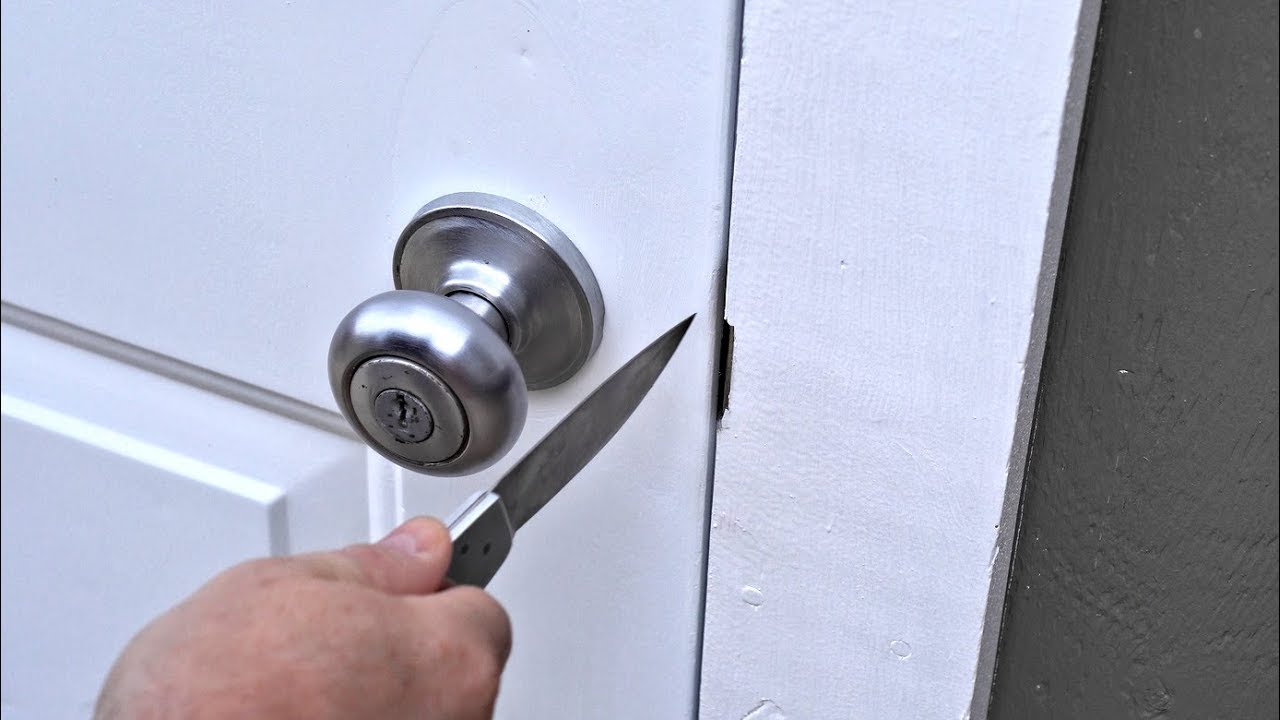
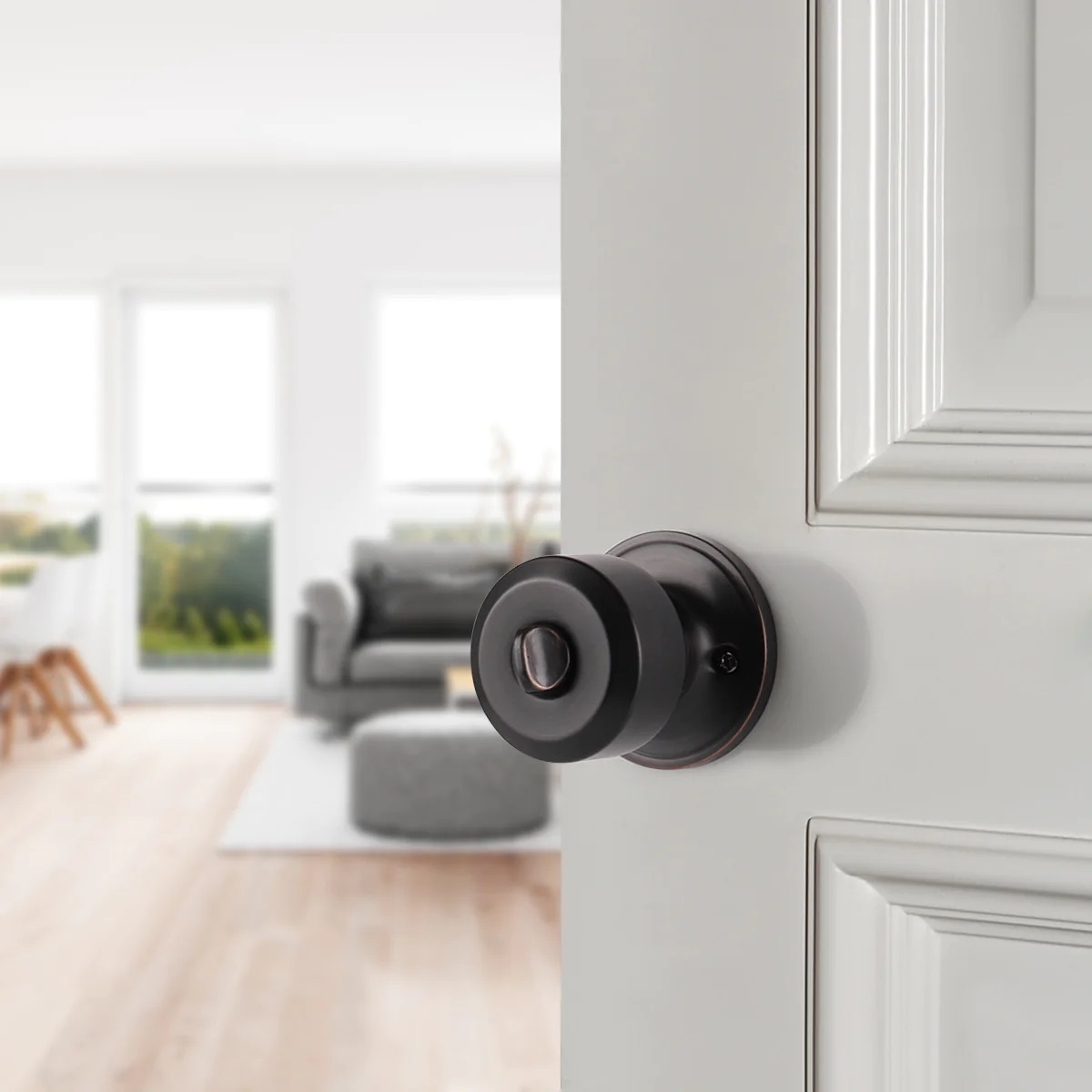
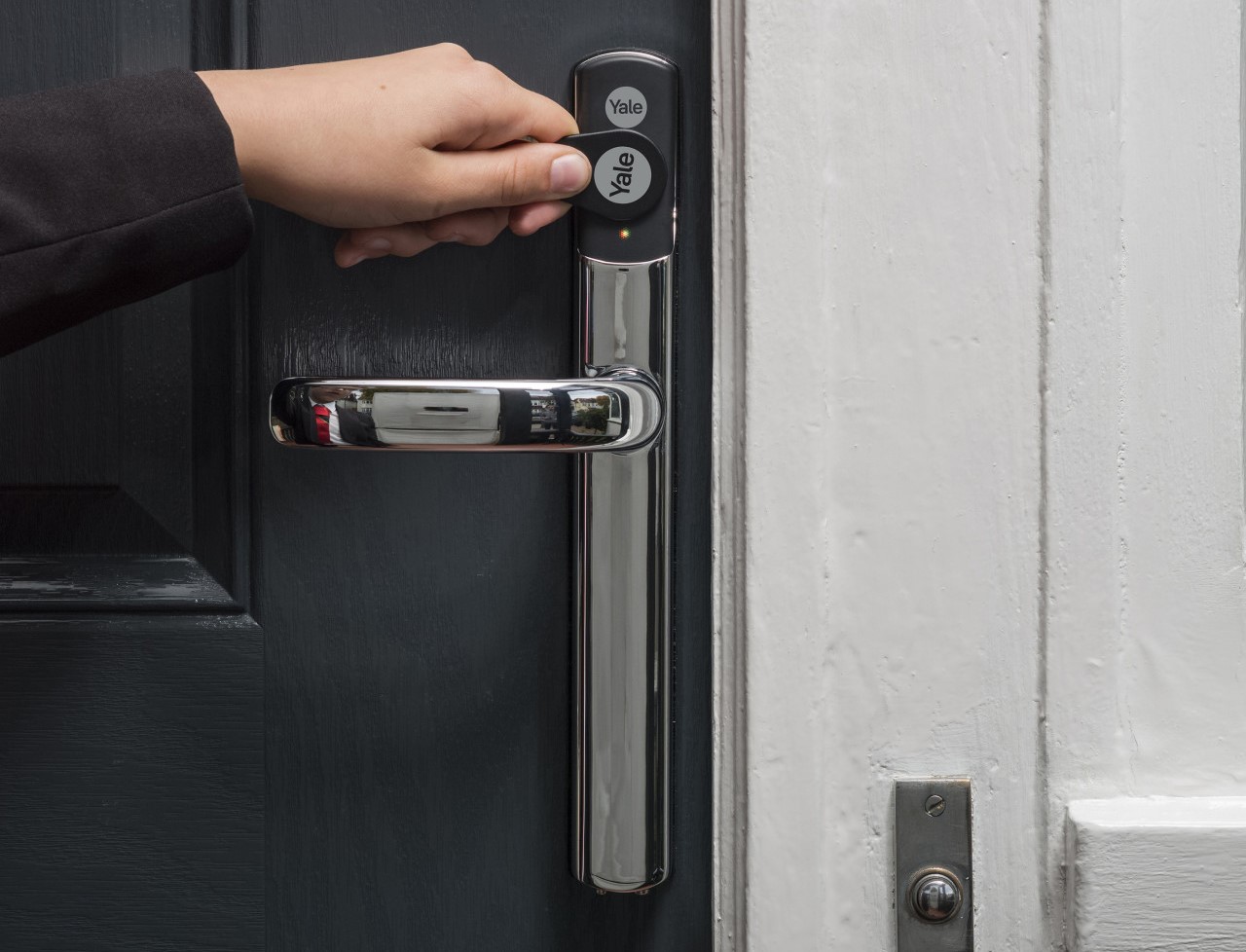
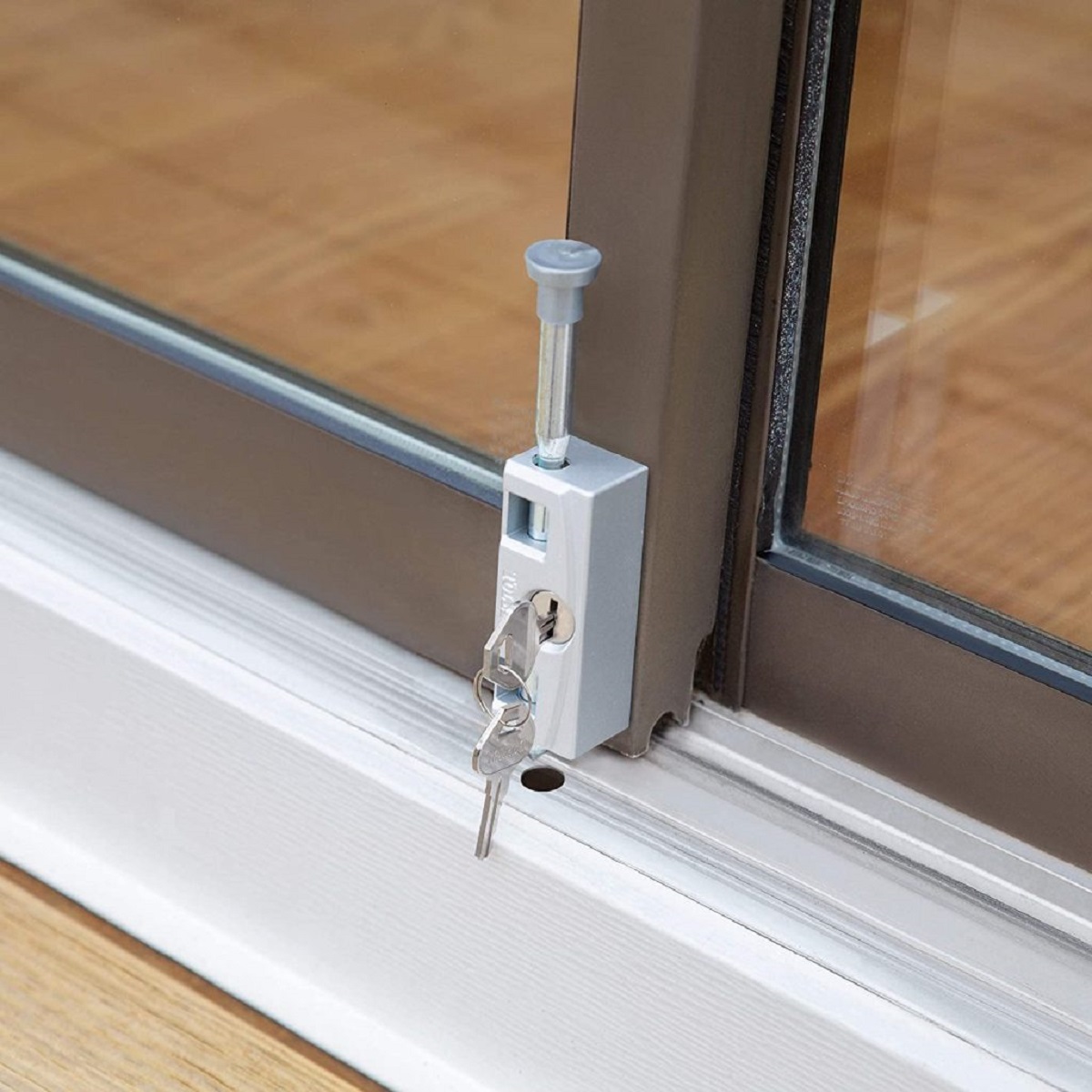
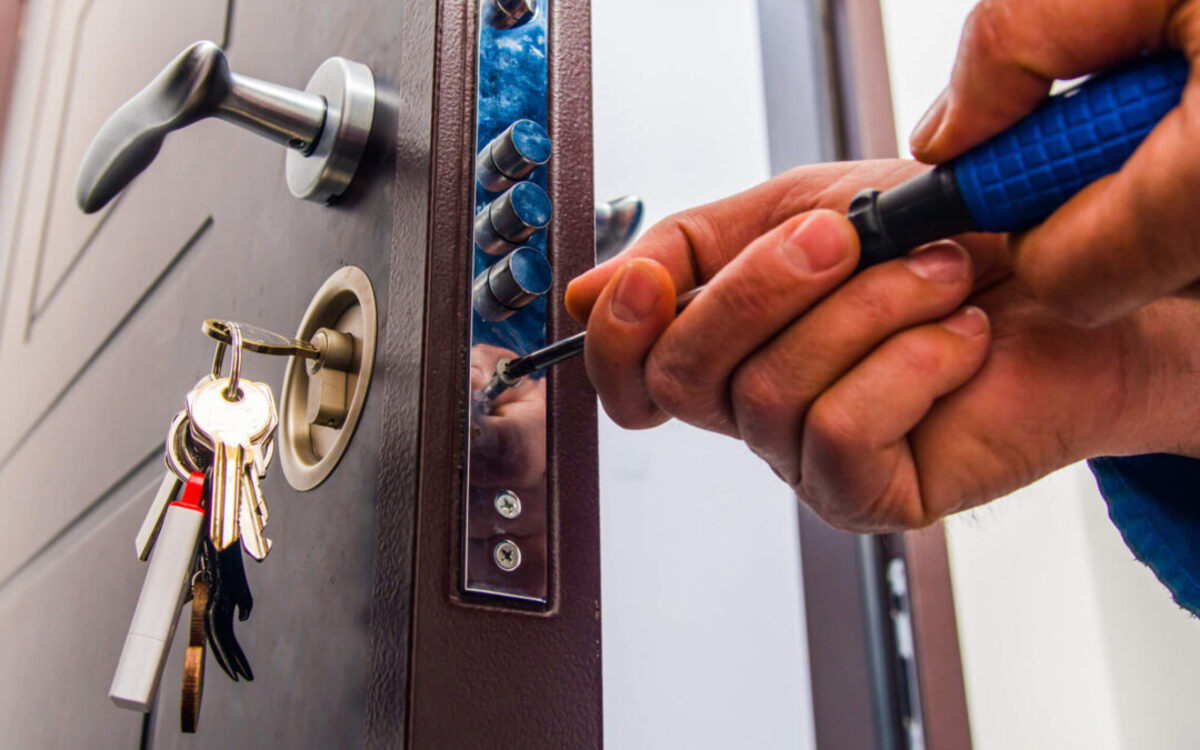
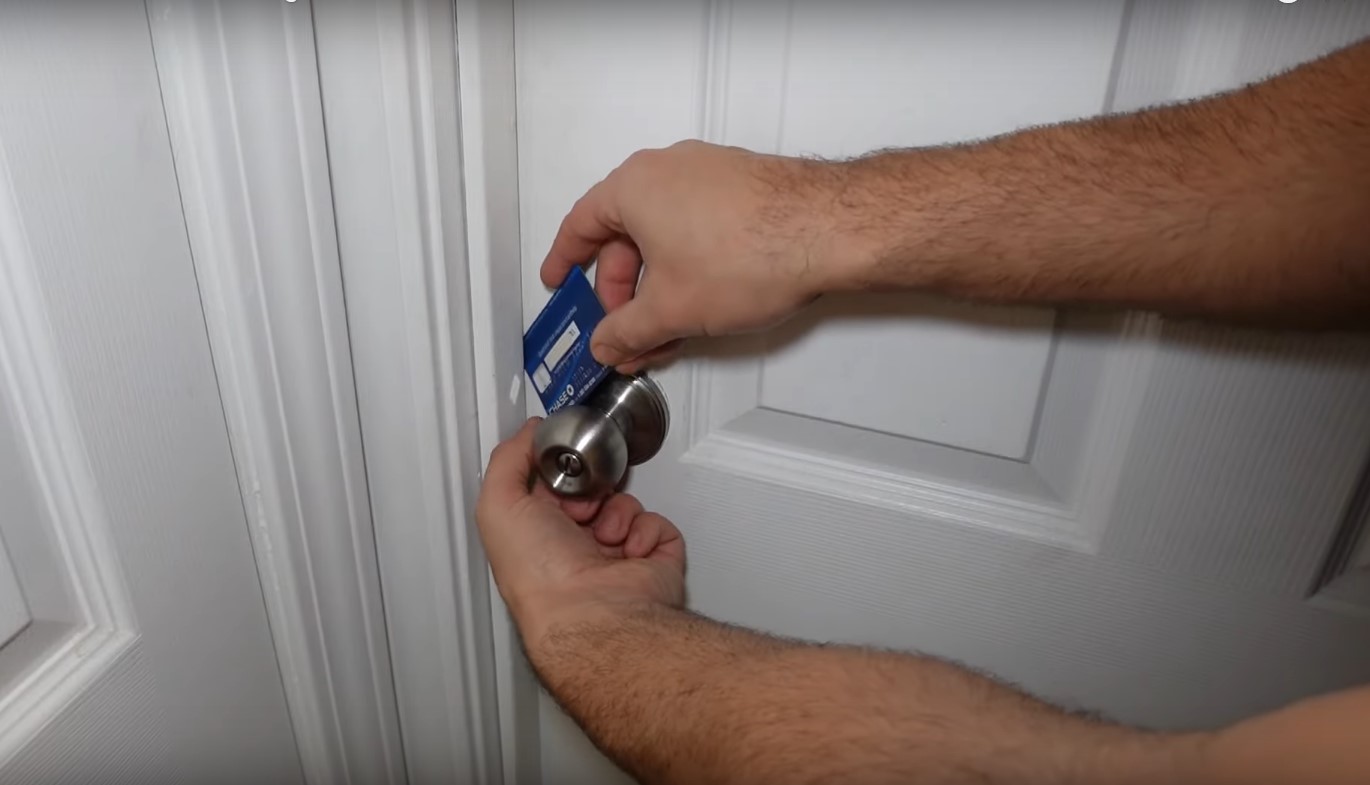

0 thoughts on “How To Open A Magnetic Door Lock”